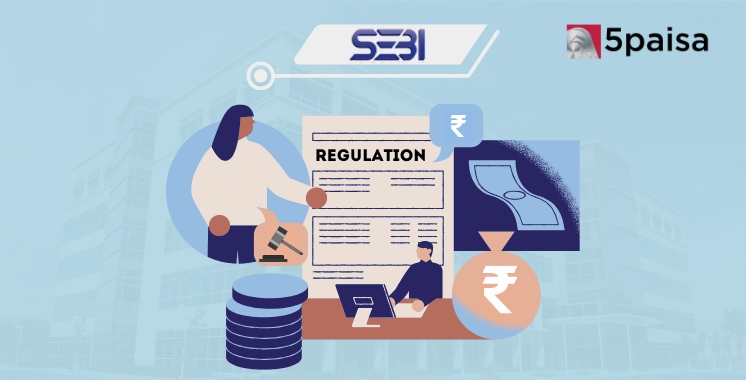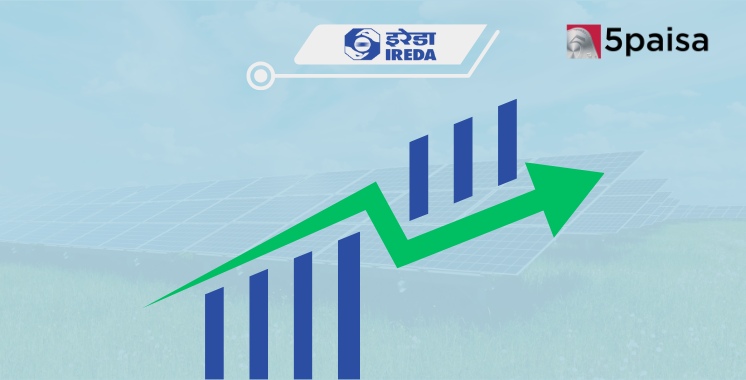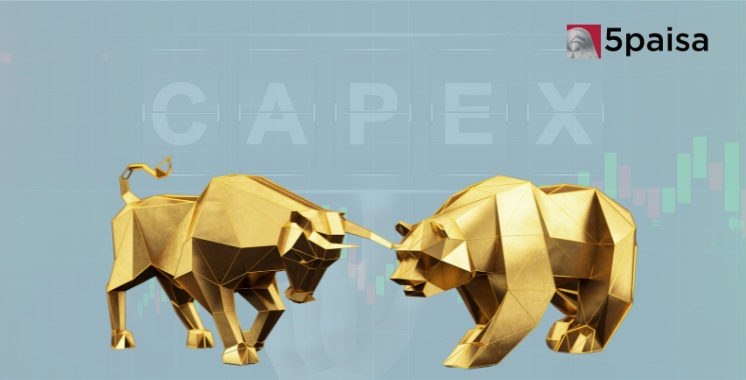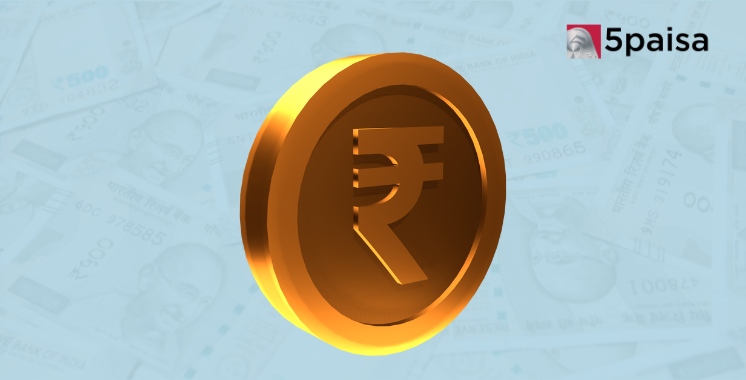SEBI Proposes Easing Offer-for-Sale Rules, Extending Exemption on One-Year Holding Period
India sets new record of 150 listed ETFs on the NSE
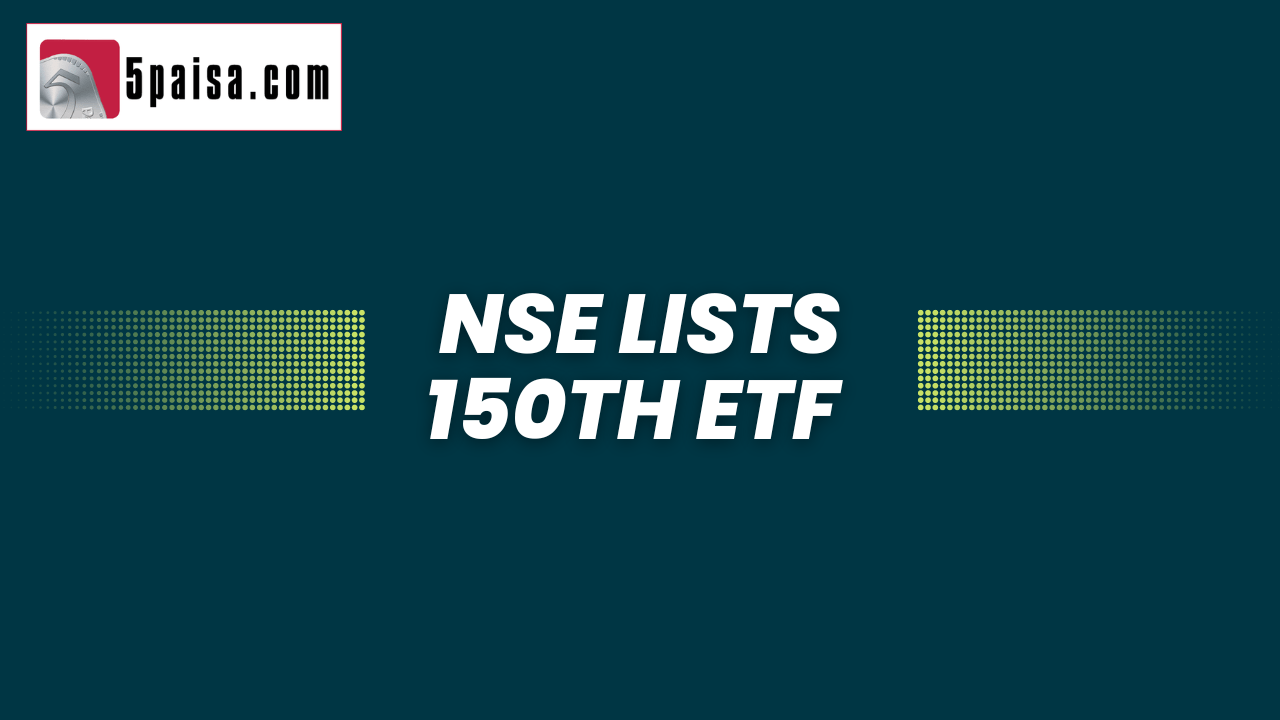
If you look at the mutual fund flows over the last couple of years, the segment that has grown the fastest are the Passive Index ETFs or exchange traded funds. As active fund manages have struggled to beat the index with any degree of conviction, most investors in India are also gravitating passive investments. Index ETFs with their low cost structure, listed offerings and ability to mirror a passive index have caught on in a big way in India. Now there is a new feather in the cap for the Exchange Traded Funds (ETFs) in India. A full 150 ETFs are now listed on the NSE and that is an important milestone
The journey of ETFs began amidst lacklustre markets in the year 2002, when Benchmark Asset Management, under the leadership of Sanjiv Shah. Subsequently, Benchmark was taken over by Goldman Sachs AMC, which subsequently got merged into Nippon Life Asset Management. The first Exchange traded funds (ETFs) was benchmarked on the Nifty and called the Nifty BEES. From that point, it has taken a full 20 years to list its 150th ETF on the NSE. The real action has happened in the last one year. Out of the 150 ETFs that are listed on the NSE today, a total of 41 ETFs got listed just in the last one year.
But the real narrative comes out eloquently when you look at the assets under management (AUM) of ETFs. That has now grown to a whopping Rs. 5.02 trillion. That is a 7-fold growth in the ETF AUM just in the last 7 years. Remember, the total ETF AUM was at around Rs. 65,124 crore as of October 2017. Even if you leave the AUM aside, liquidity has also got a tremendous boost. For instance, the ETF trading in the secondary market has witnessed substantial growth. The daily average turnover has increased by 10 times in less than 10 years; from a mere Rs46 crores in FY14 to Rs. 471 crores in the current financial year FY22.
SEBI has also asked the asset management companies (AMCs) to appoint at least two Market Makers (MMs) for ETFs, who are members of the Stock Exchanges. Market makers provide two-way quotes and ensure continuous liquidity in the ETFs, which is a big boost to start with. Currently, more than 15 market makers are engaged by AMCs for market making in various ETFs. One of the biggest boosts to ETFs came from the participation of the Employee Provident Funds Organization (EPFO) in the equity market through the ETF route. In addition, the government also decided to divest stakes in PSUs through the ETF route.
ETFs are also getting broader and more innovative in recent times. For instance, we have seen recent ETFs launched on themes and factor indices like low volatility, Quality, Momentum indices etc. Apart from gold ETFs, which are quite old in India, there are also Silver ETFs launched under the banner of commodity ETFs. There are also Fixed income ETFs which combine State Development Loans, Government securities and corporate bonds in varying proportions to provide an interesting outcome solution. ETFs have appealed to investors; being a simple instrument to onboard their investment journey. It is also a great asset quality diversifier. Perhaps, the growth ahead should be a lot more geometric.
- Flat ₹20 Brokerage
- Next-gen Trading
- Advance Charting
- Actionable Ideas
Trending on 5paisa
02
 5paisa Research Team
5paisa Research Team
04
 5paisa Research Team
5paisa Research Team
06
 5paisa Research Team
5paisa Research Team
Indian Market Related Articles
Disclaimer: Investment in securities market are subject to market risks, read all the related documents carefully before investing. For detailed disclaimer please Click here.

